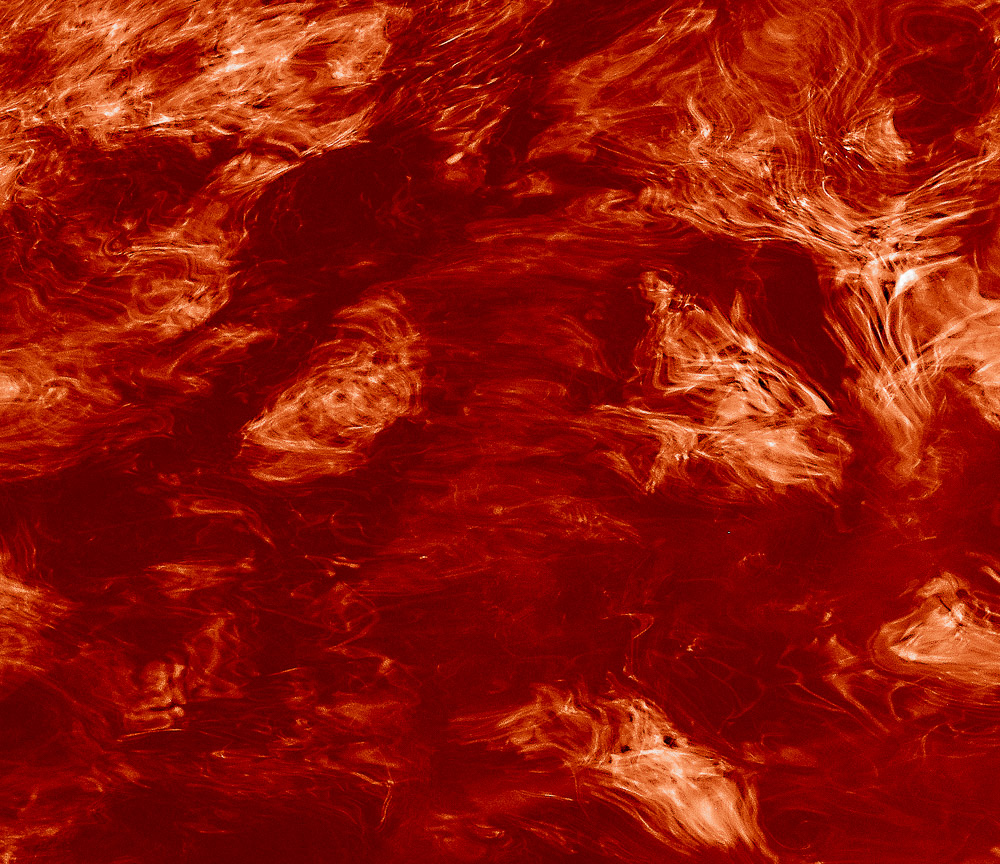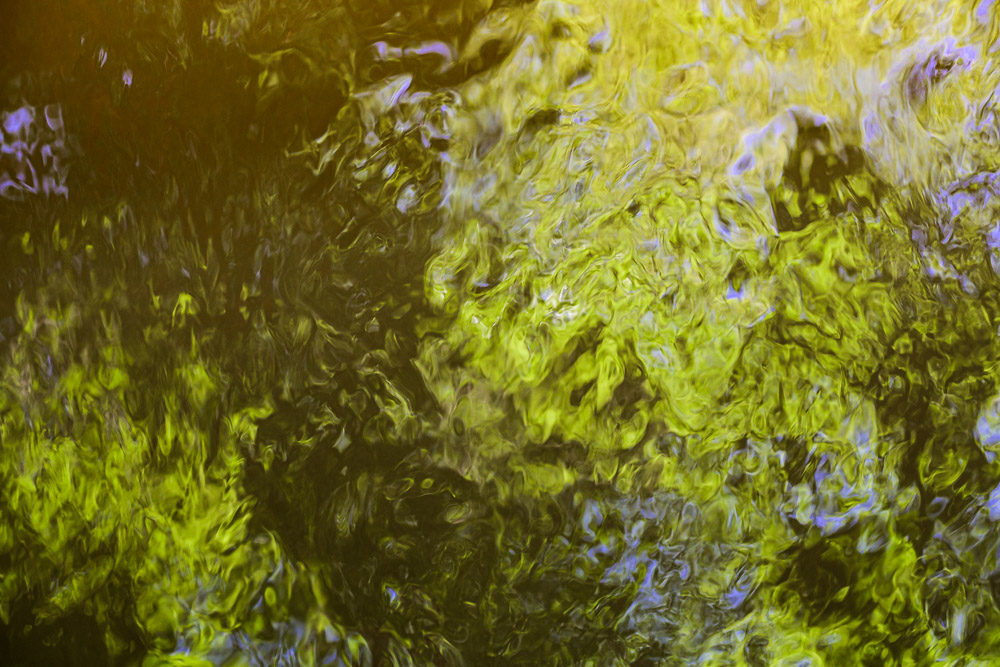One “rule” I hear about expressiveness is “is this creative, or is it the same picture anyone would take if they were there?” I struggle with this. Should I care what picture you would take if you were there?
Obvious
I think I understand the intent of this phrase. Most pictures are fairly obvious. At least, to the photographer.
You come out at tunnel view in Yosemite, stop, and shoot the scene you see. You are doing the same thing and getting basically the same picture thousands of other people do every day.
Obvious and uncreative. Yes, that is judgmental, but it is very difficult to get creative with such an iconic scene.
As we grow in our artistic journey, we should try to avoid doing the simple and obvious thing. We should find something fresh and creative to add to the image. But at a famous icon location, good luck. It has been shot in every light and every weather.
You might catch an eagle flying by in the foreground carrying a large fish, just as a storm breaks allowing a majestic sunbeam to light up the scene. That would stand out. Some. But wouldn’t anyone else there shoot it, too?
I don’t see you
But here’s one of the things: I didn’t see you there when I was shooting most of the images I like best. Maybe you chose not to be out in the sub-zero cold, or not in a remote location where few people go. I didn’t see you embarrassing yourself too, shooting photos out the window of any of my recent flights. You weren’t around when I was in the junkyard looking for interesting rusty old trucks.
How broadly do I interpret the “if you were there” question? Do I question what a dozen other photographers would have done if they were magically transported to where I am now? I think that the fact that they are not here is significant.
Perhaps it means that what I choose to see and give significance is part of my unique style. What I am drawn to by my own particular mindfulness.
A fact is that there are seldom any other photographers around me when I am shooting. I guess few people care about the things that call to me.
 ©Ed Schlotzhauer
©Ed Schlotzhauer
On a recent trip to France we did some short tour groups part of the time. Sure, I would look at what the guide is talking about, maybe even shoot a couple of pictures to remember it. But I found myself wandering off on side trips. The light is great over here. Look at the scene down this side street. That window is interesting. Look at this ancient stone work. Occasionally I would lose the group completely and have to go try to find them. Luckily for me my wife would sometimes come looking for me. I would hate to be a guide with me in the group.
My point is, no one else was tagging along on these side trips. It was just places and things I was being drawn to. No one else. If people had followed me, they likely would have shot some of the same things I did. But they didn’t seem to be called to do that.
I don’t know what you would do
Another, even bigger factor, is that I cannot predict what you would shoot, even if you were there. It has become obvious to me that I am drawn to some things most other people would ignore. And vise versa.
If you were flipping through my portfolios you would likely be thinking to yourself “that’s weird; I wonder why he shot that”. Even if I was shooting at a location you were familiar with, you probably would say “I didn’t see that, or if I did, it did not register with me as being a picture.”
The point being that a significant part of our personal style is our vision – what we are drawn to. What we are mindful of. Some things seem to jump out to me. Other things jump out to you.
This is one of the reasons I don’t trust the test of “if you were there, would you shoot the same picture?” We have different interests and values. If you were standing right beside me, you may well chose to not shoot at all. Rather, you would probably get engaged by something off to the side that I ignored.
 ©Ed Schlotzhauer
©Ed Schlotzhauer
Expressiveness
We are told that we have to add our own expression, our own point of view and feelings to distinguish our images. While I believe this, I also don’t believe it is something to worry too much about.
If we are an artist, we have a burning need to express our view. Just do it.
Fall in love with every frame. You are taking the picture because you love it, right? If that is genuine, it will come through. Never try to fake it. You should not have to.
If you are an artist, you make images that express your feelings and beliefs, or at least, what interests you in a scene. If you are a businessperson, you take pictures that you calculate will make the most money. Some of us are a mix of both. Only you can set your own goals.
 ©Ed Schlotzhauer
©Ed Schlotzhauer
Do my own thing
So I plan to bumble along on my own path, not worrying about what other photographers may or may not do. One reason is that there seldom are any around. Another is that I believe I have a different viewpoint and value set than them.
I’ll be the guy you see stopped along the road shooting a picture of who knows what. I’ll be the geek shooting out the window of the airplane, even at night. You may drive by and see me wandering around out in a snowstorm.
Anything that interests me is fair game. It is the dead of winter as I write this. Today I shot up through patterns of snow on a grid what was part of a sign above a sidewalk. I shot ice patterns forming along a river. Some majestic old Cottonwood trees silhouetted against storm clouds drew me in. I did not see a single other photographer. Not even someone using a cell phone camera.
If you were walking with me, would you have seen these things? Even if you did, would they interest you enough to shoot them? In the cold?
Maybe. Maybe not. I’m not going to bother worrying about what interests you. I have trouble keeping up with what interests me.
I hope you do, too.



 ©Ed Schlotzhauer
©Ed Schlotzhauer ©Ed Schlotzhauer
©Ed Schlotzhauer ©Ed Schlotzhauer
©Ed Schlotzhauer
 ©Ed Schlotzhauer
©Ed Schlotzhauer ©Ed Schlotzhauer
©Ed Schlotzhauer ©Ed Schlotzhauer
©Ed Schlotzhauer
 ©Ed Schlotzhauer
©Ed Schlotzhauer
 ©Ed Schlotzhauer
©Ed Schlotzhauer
 ©Ed Schlotzhauer
©Ed Schlotzhauer ©Ed Schlotzhauer
©Ed Schlotzhauer